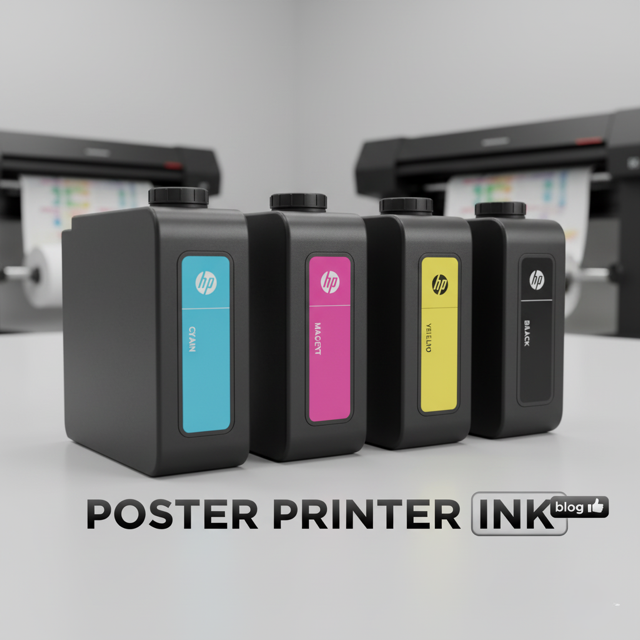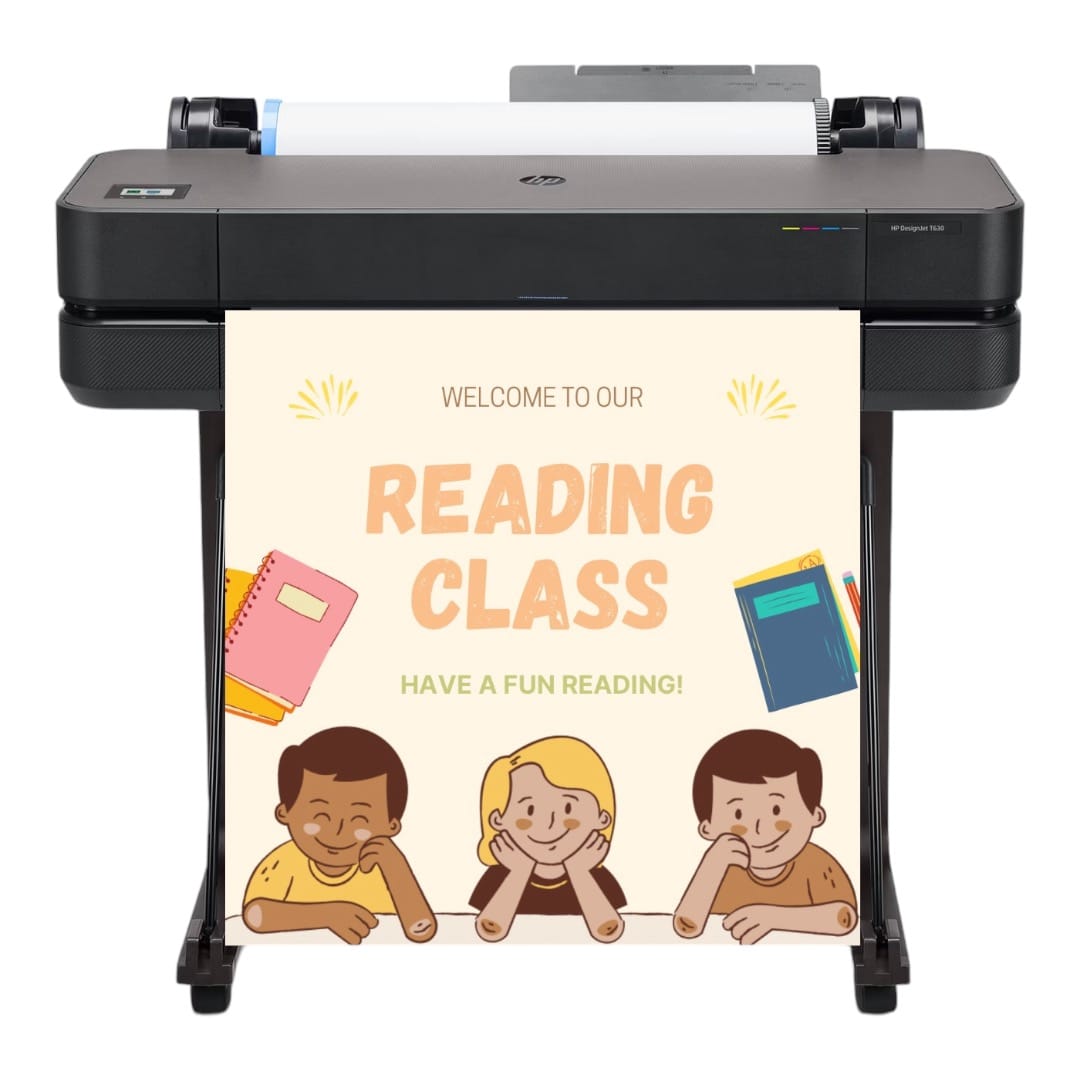Advanced Poster Printing Techniques: The Perfect Poster Printer Machine
Are you looking to master your poster printer machine and create professional-quality prints? Whether you’re using high-end poster printer machines or getting started with your first large-format printer, this comprehensive guide will walk you through advanced techniques to achieve perfect prints every time. https://schoolposterprinters.com/poster-printer-machines-for-schools-education-graphic-solutions/
Designing with Canva for Large Format Printing
Why Choose Canva for Poster Printer Design
Canva has revolutionized poster design with its user-friendly interface and powerful features:
- Extensive template library
- Pre-sized poster layouts
- Professional design elements
- Collaboration capabilities
Canva Pro Features for Professional Printing
Upgrade your design capabilities with:
- Custom brand kit integration
- Access to premium elements
- Resize tool for different formats
- Advanced export options
Optimizing Canva Designs for Poster Printer Machines
Follow these steps for best results:
- Set correct dimensions before starting
- Use high-resolution images (300 DPI minimum)
- Export in PDF Print format
- Enable bleed settings
- Check color mode settings
Common Canva to Poster Printer Issues
Avoid these frequent problems:
- Low resolution exports
- RGB color space conflicts
- Font substitution
- Image compression artifacts
Design Considerations for Professional Poster Printing
Resolution Requirements
When preparing designs for poster printer machines, resolution is crucial. Here’s what you need to know:
- Minimum resolution: 150 DPI for viewing distances over 3 feet
- Optimal resolution: 300 DPI for detailed prints
- Maximum resolution: Most poster printer machines can handle up to 1200 DPI
- File size consideration: Balance quality with manageable file sizes
Resolution Calculator Guide
Use this formula to determine optimal resolution:
- Viewing distance (ft) × 0.3 = Minimum DPI required
- Add 50% for safety margin
- Consider final output size
Color Spaces
Choosing the right color space can make or break your print quality:
- Use CMYK for print-ready files
- Convert RGB images before printing
- Understand your printer’s color gamut
- Consider Pantone colors for brand consistency
Advanced Color Management
Master these color techniques:
- Spot color usage
- Color bridging
- Gamut mapping
- Device-specific calibration
Bleed and Margins
Professional poster printing machines requires proper spacing:
- Set 0.125″ to 0.25″ bleed for edge-to-edge printing
- Keep important elements 0.5″ from edges
- Use safe zones for critical content
- Account for printer gripper margins
File Preparation Mastery
Format Selection
Choose the right file format for your poster printer machine:
- PDF: Best for final print files
- TIFF: Excellent for high-quality images
- EPS: Ideal for vector graphics
- Avoid JPG for final prints due to compression
Advanced File Preparation Techniques
Master these professional methods:
- Layer flattening strategies
- Transparency handling
- Object overprint settings
- PDF/X standards compliance
Color Management
Optimize your color workflow:
- Use ICC profiles specific to your printer
- Calibrate your monitor regularly
- Maintain consistent lighting conditions
- Create printer-specific presets
Color Management Workflow
Implement this professional workflow:
- Monitor calibration
- Profile creation
- Soft proofing
- Test printing
- Profile adjustment
Font Handling
Prevent text issues in your prints:
- Embed all fonts in PDF files
- Convert text to outlines for vector files
- Use minimum 6pt font size for readability
- Test print small text before large runs
Print Settings Optimization
Quality vs. Speed
Balance print quality with production time:
- Draft mode: For proofs and position checks
- Standard mode: Everyday printing needs
- High quality: Client presentations and art prints
- Maximum quality: Photo and fine art reproduction
Speed Optimization Techniques
Improve printing efficiency:
- Batch similar jobs
- Optimize nesting
- Use RIP software features
- Schedule maintenance during downtimes
Material-Specific Settings
Optimize settings for different media:
- Paper weight adjustments
- Ink saturation levels
- Drying time requirements
- Temperature and humidity considerations
Media Library Management
Create a comprehensive media library:
- Test new materials
- Document optimal settings
- Create custom presets
- Track material performance
Advanced Production Techniques
Layout Optimization
Maximize efficiency with these techniques:
- Nesting multiple designs
- Ganging similar jobs
- Optimizing material usage
- Managing print queues
Workflow Automation
Implement automated processes:
- Hot folder setup
- Automated preflight
- Job ticketing systems
- Production tracking
Quality Assurance Procedures
Develop a robust QA system:
- Pre-production checks
- In-process verification
- Post-production inspection
- Customer approval process
Maintenance and Calibration
Daily Maintenance
Perform these tasks daily:
- Nozzle checks
- Print head cleaning
- Media path inspection
- Environmental monitoring
Weekly Maintenance
Schedule these weekly tasks:
- Deep cleaning cycles
- Color calibration
- Media feed adjustment
- Waste ink system check
Monthly Maintenance
Important monthly procedures:
- Full system calibration
- Preventive maintenance
- Software updates
- Performance testing
Troubleshooting Advanced Issues
Color Matching Problems
Address complex color issues:
- Profile verification
- Hardware calibration
- Environmental factors
- Material compatibility
Print Quality Issues
Solve these common problems:
- Banding resolution
- Color consistency
- Registration accuracy
- Media handling
Software Ecosystem
Design Software
Essential design tools:
RIP Software
Professional RIP solutions:
- Onyx
- Caldera
- PrintFactory
- EFI Fiery
Workflow Software
Optimize production with:
- Automation tools
- Job tracking systems
- Cost calculation software
- Production management tools
Future of Poster Printing
Emerging Technologies
Stay ahead with these innovations:
- UV-LED printing
- Latex technologies
- Smart automation
- Cloud integration
Sustainability Practices
Implement eco-friendly methods:
- Recyclable materials
- Energy efficiency
- Waste reduction
- Green certifications
Conclusion
Mastering your poster printer machine requires understanding and implementing these advanced techniques. Regular practice, attention to detail, and staying updated with new technologies will help you achieve consistent, high-quality results. Keep this guide handy as you develop your printing expertise. https://schoolposterprinters.com/poster-printers/
FAQs
- What’s the optimal resolution for large-format printing?
- 300 DPI is standard for high-quality prints viewed at normal distances
- Can I print Canva designs directly to my poster printer machine?
- Yes, but export in PDF Print format with proper resolution settings
- How often should I calibrate my poster printer machine?
- Monthly for consistent use, or before critical print jobs
- What causes banding in prints?
- Usually clogged nozzles, misaligned print heads, or incorrect media settings
- How do I ensure color consistency across different materials?
- Create and use material-specific ICC profiles and maintain regular calibration
- What’s the best way to handle large print jobs?
- Use RIP software with job queuing and nesting capabilities
- How can I reduce printing costs without sacrificing quality?
- Optimize material usage, batch similar jobs, and maintain regular maintenance schedules
- What’s the best file format for printing from Canva?
- PDF Print format with proper bleed settings and color profile
Remember: Each poster printer machine has unique capabilities and limitations. Always consult your printer’s manual for specific guidelines and recommendations. https://schoolposterprinters.com

